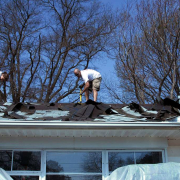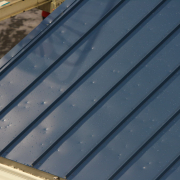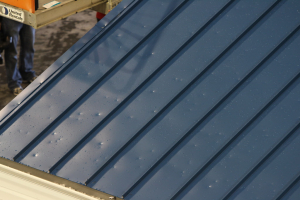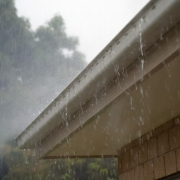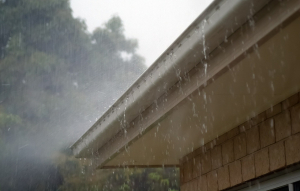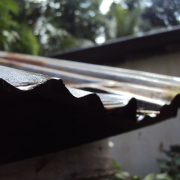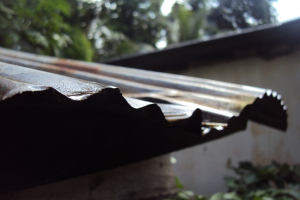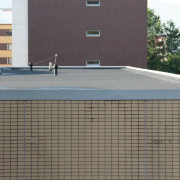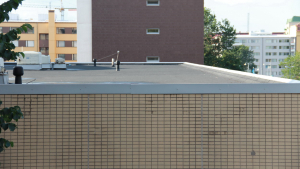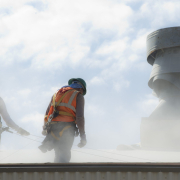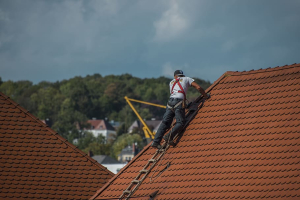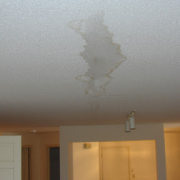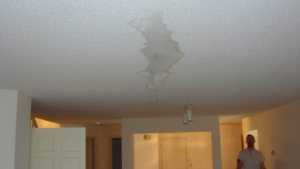Disposal of Asphalt Roofing Shingles
After a while, there comes a time when your roof is in need of repair or even a full on replacement. When it comes time for the latter, you also need to do something else – you need to remove your old and degraded shingles.
These are a few signs that will help you know when you need to replace your roof shingles.
- Curled or cupped shingle edges
- Bald spots on your asphalt roof shingles
- Cracked asphalt shingles
- Moss growth on asphalt roof shingles
These are just a few of the main signs that you need to get a new roof. Along with this is also the need to dispose of asphalt roofing shingles properly. Each year, there are thousands or roof replacements. Hence, there are tons of asphalt shingles that need to be thrown away. It may seem like an easy fix – why not just dump everything into a large local landfill? While it may seem like a no problem situation, there are actually so many other more eco-friendly alternatives.
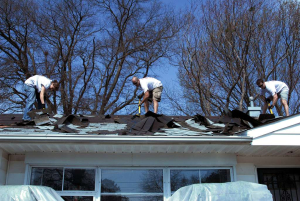
Recycling Used Asphalt Shingles
There is a rising need to create environmentally friendly items as well as disposal methods that harm the environment much less – or, if possible, not at all. The simplest way to reduce your trash is to recycle – and that includes recycling your old asphalt shingles. Is this even possible? While shingles typically only have a lifespan of 5 or 6 decades at most, they can actually last much much longer. Asphalt shingles can take up to 4 centuries before they break down. This will definitely make you reconsider throwing tons of these shingles into a landfill.
A common way of recycling used asphalt shingles is to make use of the asphalt in them to create cement material for pavements and hot-mix asphalt. Adding these used materials actually strengthens the material and makes it a much better, and eco-friendly, mix for road projects. There has been much success in this method of asphalt shingle recycling that these materials are now commonly used in public construction projects.
On the plus side, it also lessens the need to purchase new asphalt, also making it a cost-effective option.
Donating Old Shingles
If you’re planning on getting a new roof way before your roof is due for one, another option is to actually donate those old shingles. There are several families who are in need of a new roof but are incapable of getting one because of the high costs of materials and labor. Instead of throwing these away, you can easily help a family who is in need.
Additionally, there are multiple charity housing projects that regularly accept, and even look for, reusable asphalt shingles to help lessen the costs of these homes. It is definitely one of the best ways to make use of your old shingles. However, if you plan on donating your old and used asphalt shingles, it is imperative that you inform your roofing contractor of this before they start on the project. They need to be more careful when they tear down your roof so as not to damage the shingles.
Just Throw Shingles Away
Unfortunately, not all asphalt roof shingles can be disposed of in the above given methods. If your roof has lived way beyond its lifespan, charity organizations are unlikely to take these in since they are no longer viable for reuse. If the shingles have already been stripped off of the outer asphalt coating, recycling facilities may no longer accept these as well since the main component needed is the asphalt – which the shingles no longer have. In these cases, you’ll have to check with the recycling facility or the construction committee in charge of the housing project if there are any guidelines to determine whether your used roof shingles make the cut. If they don’t, then you will have to throw them away.
The easiest way to throw away your old asphalt shingles is to prepare a dumpster before the roofing contractors start the tear-off process. This will make it easier to collect all the debris and dispose of it easily right after.
While recycling or reusing your old asphalt shingles may seem like the better options, there are times when you need to throw your used shingles away. Eventually, all roofs need to be replaced and old shingles have to be recycled, reused, or thrown away. Before starting the new roof replacement, it is important to have this discussion with your chosen roofing contractor.

